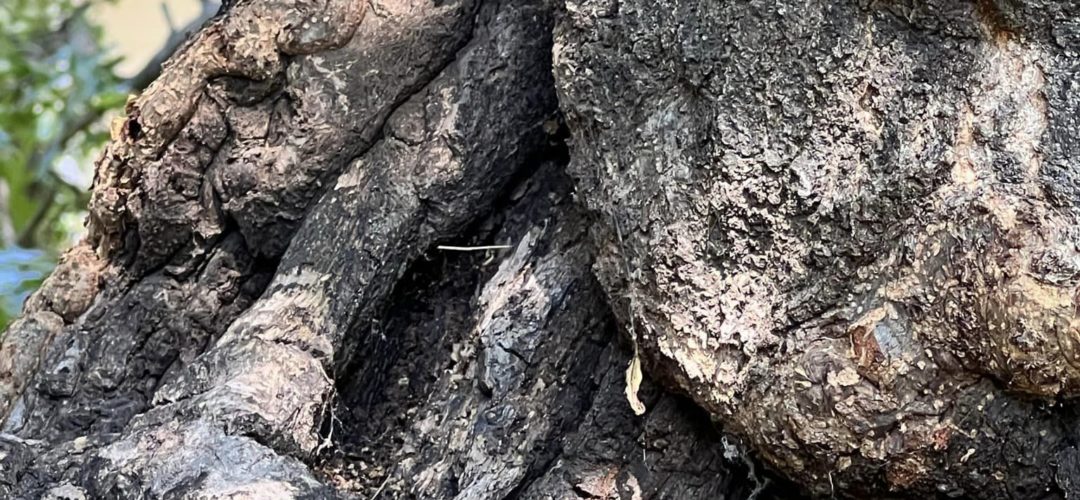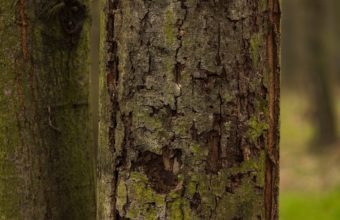Cutting the top off a tree, a practice known as “tree topping,” is highly detrimental to the tree’s health and can have severe consequences. Topping involves removing a significant portion of the upper branches and canopy, typically leaving behind stubby, unsightly branch ends.
Here’s what happens when you cut the top off a tree…
- Stress and Shock – Topping causes severe stress and shock to the tree. It disrupts the tree’s natural growth and balance, leading to an immediate loss of leaves and branches. This reduction in foliage drastically impairs the tree’s ability to photosynthesize and produce energy, which is important for its survival and growth.
- Rapid Growth of New Shoots – In response to topping, the tree may produce an abundance of new shoots, often referred to as “water sprouts” or “epicormic growth,” from the cut ends of branches. While these shoots may initially appear vigorous, they are weakly attached to the tree and prone to breaking. This rapid growth is the tree’s attempt to replace the lost foliage and regain some photosynthetic capacity.
- Structural Weakness – Topping can lead to the development of multiple, upright stems, known as co-dominant leaders, as the tree attempts to compensate for the loss of its central leader (the main trunk). These co-dominant stems are structurally weaker than a single, well-attached leader and are more likely to split apart or fail during storms or heavy winds.
- Increased Risk of Disease and Insects – Topping creates large, exposed wounds at the cut sites, making the tree highly vulnerable to disease pathogens and insect infestations. The open wounds provide entry points for harmful organisms, which can lead to decay and further compromise the tree’s health.
- Aesthetic and Environmental Impact – Topped trees often have an unsightly and disfigured appearance. The loss of foliage reduces the tree’s ability to provide shade, habitat for wildlife, and other environmental benefits.
Cutting the top off a tree is not a recommended practice and can result in long-term harm to the tree. Instead of topping, if you have concerns about the height or size of a tree, it’s advisable to consult with a certified arborist or tree care professional. They can recommend alternative pruning techniques and strategies, such as crown reduction or selective pruning, to address your concerns while preserving the tree’s health and structural integrity. Properly executed pruning can help maintain the tree’s appearance and safety without causing severe damage.




